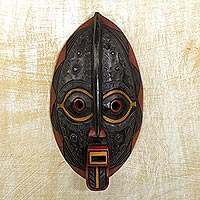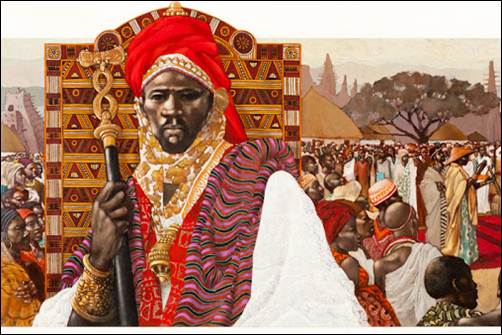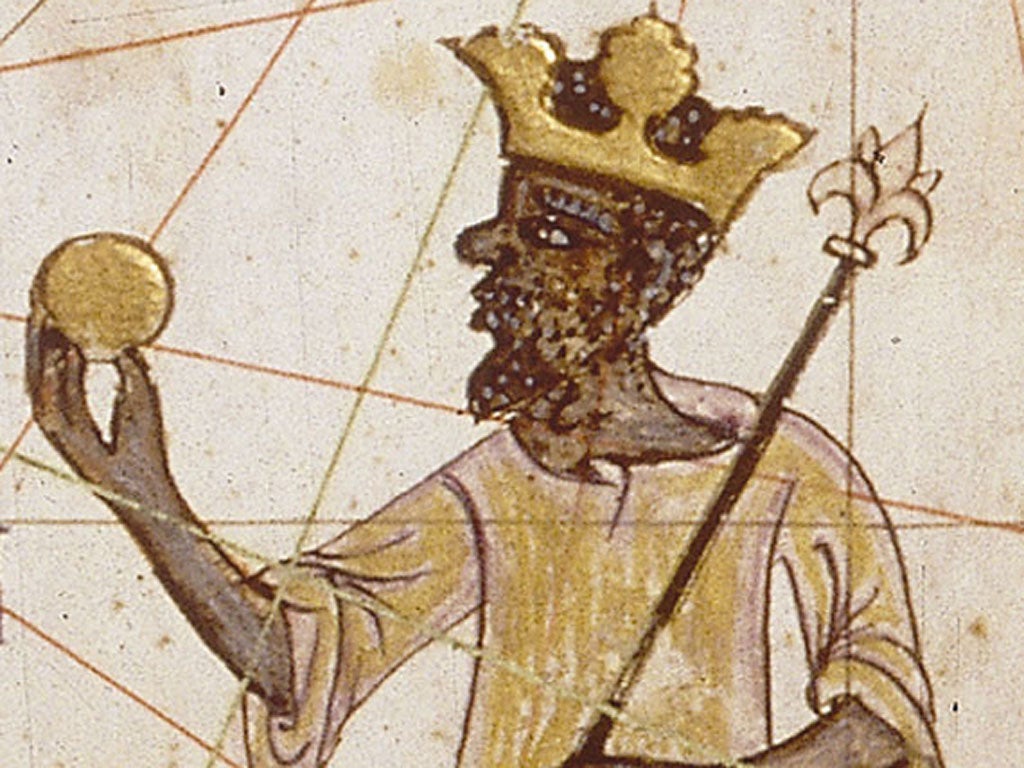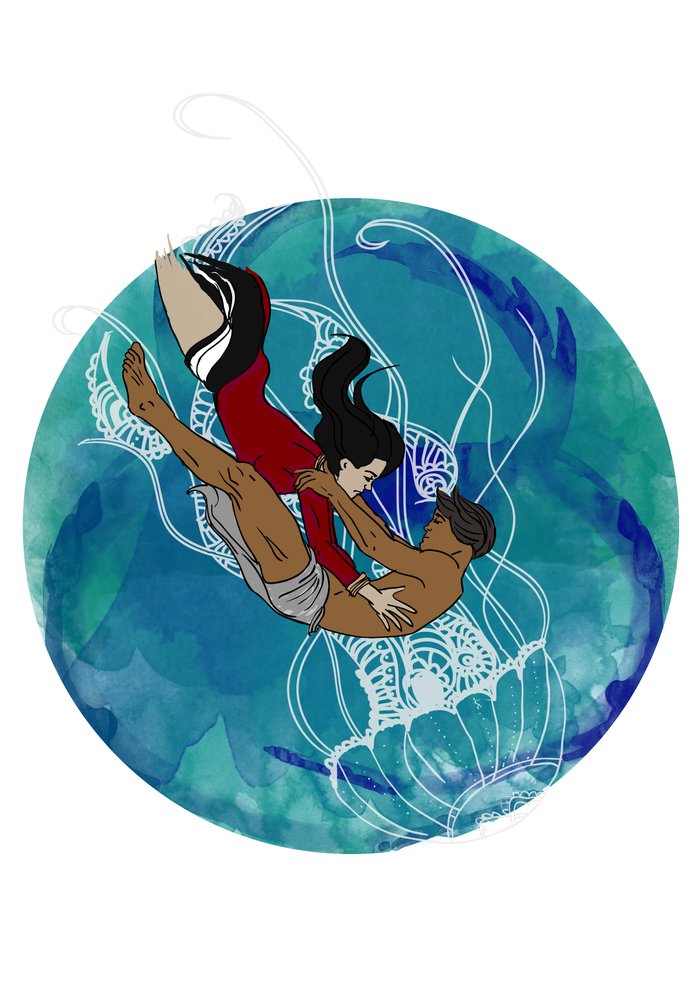When I was in high school, I took an interest in
old films. As an aspiring actress at the time, I watched these old films not only
for their story, but to watch their acting. In 1998, AFI (American Film
Institute) put out a list called “100 Years…100 Movies,” revising the list in
2007. The Maltese Falcon ranked in at
#23 but dropped to #31 in the updated version. It took me years to figure out
the word Maltese referred to things and people from Malta, and it took me a few
more years to figure out where Malta was. And unlike the Maltese Falcon in the
film, the country of Malta is very much a real place.
Although it’s not quite certain, but the name Malta
is thought to have derived from the Greek word for “honey.” In fact, the name
the Greeks gave for the island group is Melite,
which means “honey sweet.” Other variations were based on the Greek word.
However, some historians think it may have also come from the Phoenician word
for “port” or “haven.”
Malta is an island group located in the
Mediterranean Sea. The Italian island of Sicily is to the north, Tunisia is to
the west, and Libya is to the south. The Greek island of Crete lies to the east
much farther off. Although there are several islands included in this archipelago,
only the largest three islands are inhabited: Malta, Gozo, and Comino.
Obviously the country of Malta has a Mediterranean climate, which means that it
has mild winters and hot summers. Like the Mediterranean island nation of
Cyprus — which is about on the same latitude — Malta enjoys a high number of
sunshine hours during the year. It averages twice the number of sunshine hours
that northern European cities have.
 |
| The site of a bombed out Opera House during WWII. |
The earliest people living in the Maltese Islands
probably arrived from Sicily (and more than likely the Sicani, the ancient people
from Sicily.) Many of the temples and pottery found on the islands resemble
examples found on Sicily. The Phoenicians, the Greeks, and the Romans all
traded with Malta and each had their turn controlling parts of the island
groups. It was mentioned by several historians, and was even mentioned in the
Bible as the area where Paul and Luke washed up after being shipwrecked. They
took the opportunity to spread Christianity to the islands, and it has remained
Christian since then. During the Middle Ages, the Byzantine Empire took over
the islands. They brought along Islam, irrigation techniques, fruits, cotton,
and the Siculo [Sicilian]-Arabic language that would later become the Maltese
language. Finally the Norman Conquest pushed its way into the area, and
Catholicism was reinstated as the Muslims were pushed out. It was then ruled by
the House of Barcelona, and Napoleon captured the islands during the late
1700s. The Treaty of Paris granted Malta to the British Empire, and the islands
played important roles in both WWI and WWII. Malta finally gained its
independence in 1964 from the British. It remained neutral during much of the
Cold War and later joined the European Union and the Eurozone.
Malta’s capital city is Valletta, located on the
island of Malta itself, making it the southernmost European capital. It’s also
known as The Most Humble City of Valletta. This ancient city shows evidence of
the multiple changes in its history through its architecture. In the midst of
these old cathedrals and palaces are buildings with modern architectural styles
on modern infrastructure. The city is known for several festivals that run throughout
the year. The city of Valletta is one of the densest historical cities in the
world (so if you’re not a fan of being close to your neighbors, it might not be
the best city for you). If you love old cities with a lot of charm, by all
means, please visit.
Before 1800, Malta mainly depended on cotton,
tobacco, and a few other exports. When the Suez Canal opened, this small
country saw an increase in its economy as a trade port. By the end of the
1800s, their economy was starting to falter, and by the onset of WWII, it was
in serious trouble. Limestone is a major resource for Malta (like my home state
of Indiana). Being an island limits its energy resources, but because of the
number of sunlight hours, it has the potential to utilize solar energy even though it's not being used as much as it could be. Malta has been a
popular place for film production because of its climate. The first film was
filmed there in 1925, and now the government provides incentives for film
companies to film in the islands. It’s also a tourist haven for obvious reasons.
Today, Malta and Tunisia are discussing the possibility of oil exploration in
the sea between the countries.
The constitution declares that Roman Catholicism is
the state religion, although freedom of religion is also somewhat apparent.
Religion may be taught in public schools, but students have the option to opt
out. Even though Roman Catholicism is the dominant religion in Malta—with
nearly 95% of Maltese who consider themselves Catholic—there are also
Protestants, Muslims, Jewish, Buddhist, and Baha’is practicing in Malta as
well.
The Maltese language is the official language in
Malta. It’s an interesting language, a cross between Sicilian and Arabic with
significant borrowing from Italian and French. It’s only been the official
language since 1934; before this, Italian was the official language of Malta.
However, because the British also controlled the island for a long time,
English has a quasi-official standing in the country as well. The vast majority
of Maltese residents are bilingual in Maltese and either English, Italian, or
French.
 |
| No, you are not allowed to walk across. |
I will venture to guess that most Americans don’t
know where Malta is (I at least knew it was in the Mediterranean somewhere), but this tiny European
country has been the setting of many books, films, and historical events.
Calypso Cave is thought to be the cave Homer mentioned in The Odyssey. Although cars drive on the left in Malta, there are
many areas that are only accessed by walking. Known for its beaches and craggy
coastlines, Malta is definitely one underrated place people don’t know enough
about.
Up next: art and literature



































